Understanding Stem Cell Treatment for SMA in Mexico: Your Questions Answered
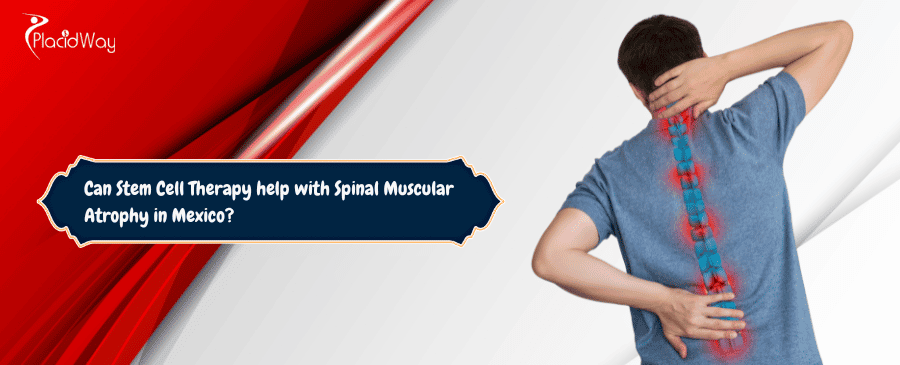
Spinal Muscular Atrophy (SMA) is a genetic disorder that affects the nerve cells in the spinal cord, leading to muscle weakness and wasting. For many years, SMA was considered an incurable condition, leaving individuals and their families with limited options. However, with advancements in medical science, particularly in the field of regenerative medicine, new avenues are being explored. Among these, stem cell therapy has emerged as a promising area of research and treatment, attracting attention from individuals worldwide, including those considering treatment options in Mexico.
In this comprehensive guide, we will delve into the potential of stem cell therapy for SMA in Mexico. We will address common questions, provide detailed explanations, and offer insights into what you can expect if you are considering this innovative approach. Our aim is to provide clear, human-focused information, helping you understand the benefits, costs, and overall landscape of stem cell therapy for SMA in Mexico.
Can Stem Cell Therapy help with Spinal Muscular Atrophy in Mexico?
Stem cell therapy offers a ray of hope for individuals living with Spinal Muscular Atrophy (SMA). While it is not yet recognized as a definitive cure, studies and anecdotal evidence suggest that stem cells may help in ameliorating symptoms and improving the quality of life for SMA patients. The core idea behind this therapy is to utilize the unique properties of stem cells to repair damaged tissues, modulate the immune system, and reduce inflammation, which are all contributing factors to the progression of SMA.
In Mexico, several clinics offer stem cell treatments for various conditions, including neurological disorders like SMA. These clinics often use mesenchymal stem cells (MSCs), which are known for their ability to differentiate into various cell types and secrete beneficial factors that can promote healing and regeneration. The potential benefits for SMA patients can include improvements in muscle tone, respiratory capacity, swallowing, and overall physical condition.
What types of Stem Cells are used for SMA treatment in Mexico?
Mesenchymal Stem Cells (MSCs) are the most commonly utilized type of stem cells for SMA treatment in Mexico due to their multipotent differentiation capabilities, meaning they can develop into various cell types, including nerve and muscle cells. Beyond their differentiation potential, MSCs are highly valued for their immunomodulatory and anti-inflammatory properties, which can help in reducing the neurodestructive and atrophic processes characteristic of SMA.
These MSCs can be sourced from different areas:
- Umbilical Cord Tissue: Often preferred for its abundance of young, potent cells and minimal invasiveness for the donor.
- Adipose (Fat) Tissue: Easily accessible from the patient themselves (autologous), reducing the risk of immune rejection.
- Bone Marrow: Another common source for autologous stem cells.
How does Stem Cell Therapy work for Spinal Muscular Atrophy?
The mechanism by which stem cell therapy helps with Spinal Muscular Atrophy is multifaceted. When introduced into the body, particularly through intravenous or intrathecal (spinal) injections, stem cells exert several beneficial effects:
- Tissue Regeneration: Stem cells have the potential to differentiate into motor neurons or supporting cells, which can help in replacing or assisting the damaged nerve cells in the spinal cord.
- Immunomodulation and Anti-inflammation: SMA involves inflammatory processes that contribute to muscle and nerve damage. Stem cells can modulate the immune system and release anti-inflammatory factors, thereby reducing ongoing damage and creating a more favorable environment for healing.
- Trophic Support: Stem cells secrete a variety of growth factors, cytokines, and extracellular vesicles that nourish existing cells, promote cell survival, and stimulate the body's natural repair mechanisms. This can help to protect motor neurons from degeneration and potentially slow disease progression.
- Angiogenesis: They can stimulate the formation of new blood vessels, improving blood supply to the muscles and nervous system, which is crucial for repair and regeneration.
This combined approach aims to address the underlying cellular and inflammatory issues associated with SMA, leading to potential functional improvements.
What are the potential benefits of Stem Cell Therapy for SMA?
While individual results can vary, patients undergoing stem cell therapy for Spinal Muscular Atrophy have reported various potential benefits. These improvements are often observed gradually over time as the stem cells integrate and exert their effects. Some of the commonly reported benefits include:
- Improved Muscle Tone and Strength: Patients may experience better control over their muscles, leading to enhanced movement and reduced weakness.
- Enhanced Respiratory Function: As SMA often affects breathing muscles, improvements in respiratory capacity and reduced respiratory issues can be significant.
- Better Swallowing and Feeding: For infants and children, difficulties with feeding and swallowing are common. Stem cell therapy may lead to improvements in these functions.
- Increased General Movement and Balance: Patients may find it easier to sit, stand, or walk (with support) and experience better overall mobility.
- Reduced Fatigue: Some patients report increased energy levels and less fatigue, allowing for greater participation in daily activities.
- Improved Quality of Life: The sum of these improvements can lead to a significant enhancement in the patient's overall quality of life, increasing independence and comfort.
What is the cost of Stem Cell Therapy for SMA in Mexico?
The cost of stem cell therapy for Spinal Muscular Atrophy (SMA) in Mexico can vary significantly. This is due to several factors, including the reputation and accreditation of the clinic, the specific type of stem cells utilized (e.g., umbilical cord-derived, adipose-derived), the number of cells administered, the number of treatment sessions required, and any additional therapies or post-treatment care included in the package.
While prices are generally lower than in countries like the United States or Canada, it's essential to get a detailed quote from any prospective clinic. Many clinics offer package deals that may include initial consultations, diagnostic tests, the stem cell procedure itself, and follow-up care. It is advisable to inquire about all inclusive costs to avoid unexpected expenses.
How long does a Stem Cell Therapy procedure for SMA take in Mexico?
The duration of a stem cell therapy procedure for Spinal Muscular Atrophy (SMA) itself is relatively short, often lasting from one to a few hours depending on the method of administration (e.g., intravenous drip, intrathecal injection). However, the entire treatment experience will encompass more than just the injection time.
Typically, patients will need to factor in:
- Initial Consultation and Diagnostics: This can involve thorough examinations, blood tests, and imaging, which might take a day or two before the actual therapy.
- Preparation: Depending on the type of stem cells, there might be a short preparation period.
- Observation and Recovery: After the procedure, patients are usually monitored for a short period. Most clinics recommend staying in the vicinity for a few days for follow-up appointments and to ensure stable recovery before traveling.
Therefore, while the direct procedure is brief, a patient should plan for a stay of anywhere from 3 to 7 days in Mexico to complete a single cycle of treatment and ensure adequate immediate post-procedure care.
Are Stem Cell Therapies for SMA in Mexico regulated?
The regulation of stem cell therapies in Mexico is a dynamic area. The Federal Commission for the Protection against Sanitary Risks (COFEPRIS) is the primary regulatory body responsible for overseeing medical practices, including those involving stem cells. While Mexico has developed a framework for regulating these treatments, it's crucial for patients to understand that the level of oversight and enforcement can vary.
When considering a clinic in Mexico for Spinal Muscular Atrophy treatment, it is highly advisable to:
- Verify Accreditation: Look for clinics that are accredited by recognized national or international bodies.
- Check Doctor Credentials: Ensure the medical professionals performing the procedures are licensed and have specific expertise in regenerative medicine and SMA.
- Inquire about Protocols: Ask about the specific protocols used, the source of stem cells, and the safety measures in place.
Choosing a reputable and transparent clinic is paramount to ensuring safety and ethical practices.
What are the risks associated with Stem Cell Therapy for SMA?
Like any medical procedure, stem cell therapy for Spinal Muscular Atrophy (SMA) carries potential risks, though serious complications are generally rare, especially in reputable clinics. It's important to have a thorough discussion with your medical provider about these possibilities.
Commonly considered risks include:
- Infection: As with any injection or surgical procedure, there's a minor risk of infection at the injection site.
- Immune Reaction: While Mesenchymal Stem Cells (MSCs) are known for their low immunogenicity (meaning they are less likely to provoke an immune response), there's a theoretical risk of the body reacting to foreign cells if allogeneic (donor) cells are used.
- Allergic Reaction: Although rare, an allergic reaction to the stem cell product or other components used during the procedure is possible.
- Bleeding or Bruising: At the injection site, minor bleeding or bruising can occur.
- Unintended Cell Differentiation or Tumor Formation: This is a highly theoretical risk, especially with MSCs, but it's a concern sometimes raised with stem cell therapies if the cells are not properly characterized or handled.
Reputable clinics follow strict protocols to minimize these risks, including comprehensive patient screening, sterile environments, and quality control of stem cell products.
What kind of results can I expect from Stem Cell Therapy for SMA?
The results of stem cell therapy for Spinal Muscular Atrophy (SMA) are not uniform and can vary widely from person to person. It's crucial to have realistic expectations. Stem cell therapy is generally considered a supportive or complementary treatment rather than a definitive cure for SMA.
Expected outcomes often involve a range of improvements, which can include:
- Functional Gains: Patients may experience improvements in specific motor skills, such as sitting, crawling, or even walking with assistance, depending on the type and severity of SMA.
- Symptom Amelioration: Reduction in muscle weakness, tremors, or difficulties with breathing and swallowing.
- Stabilization of Disease: In some cases, the therapy might help to slow down the progression of the disease, preserving existing muscle function.
- Enhanced Well-being: Overall improvements in energy levels, comfort, and general quality of life.
It's important to remember that these improvements are often gradual and may require multiple treatment sessions and ongoing physical therapy or rehabilitation to maximize the benefits.
Who is a good candidate for Stem Cell Therapy for SMA in Mexico?
Determining if someone is a good candidate for stem cell therapy for Spinal Muscular Atrophy (SMA) involves a thorough medical evaluation. Clinics in Mexico offering these treatments will typically assess several factors:
- Confirmed Diagnosis: The patient must have a clear and confirmed diagnosis of SMA, often through genetic testing.
- Overall Health: The patient's general health condition is important. They should be stable enough to undergo the procedure and any associated therapies.
- Type and Severity of SMA: While stem cell therapy may benefit various types of SMA, the potential impact can differ based on the severity and progression of the disease.
- Age: Some studies suggest that earlier intervention may lead to better outcomes, particularly in younger patients, but adults with SMA are also considered.
- Realistic Expectations: Candidates should understand that stem cell therapy is not a cure and focus on realistic goals such as symptom improvement and enhanced quality of life.
- No Contraindications: Certain medical conditions or medications might preclude a patient from being a suitable candidate.
A comprehensive consultation with the medical team at the chosen clinic is essential to determine individual candidacy.
What should I look for in a Stem Cell Clinic in Mexico for SMA?
Selecting the right clinic for stem cell therapy in Mexico for Spinal Muscular Atrophy is a critical decision. To ensure you receive safe and potentially effective treatment, consider the following:
- Accreditation and Licensing: Verify that the clinic is properly licensed by the Mexican health authorities (COFEPRIS) and ideally holds international accreditations, which often indicate adherence to higher standards of care.
- Experienced Medical Team: Ensure the doctors and medical staff have specific experience in regenerative medicine and a deep understanding of neurological conditions like SMA. Inquire about their qualifications and track record.
- Transparency and Communication: A reputable clinic will be open and honest about their procedures, the type of stem cells used, potential outcomes, and associated costs. They should be willing to answer all your questions clearly.
- Clear Treatment Protocols: The clinic should have well-defined protocols for patient evaluation, cell processing, administration, and follow-up care.
- Patient Testimonials and Reviews: Look for reviews and testimonials from previous patients, especially those with similar conditions, to gain insight into their experiences.
- Safety Measures: Inquire about their sterilization practices, cell processing standards, and how they minimize risks.
- Comprehensive Care: A good clinic will offer thorough pre-treatment evaluations and structured post-treatment follow-up and rehabilitation support.
How is Stem Cell Therapy administered for SMA?
The method of administering stem cell therapy for Spinal Muscular Atrophy (SMA) can vary based on the clinic's specific protocol and the individual patient's needs. The most common routes of administration are designed to deliver the stem cells to areas where they can have the most therapeutic impact:
- Intravenous (IV) Infusion: This is a common and straightforward method where stem cells are delivered directly into the bloodstream through a standard IV drip. This allows the cells to circulate throughout the body and potentially reach various affected tissues and organs.
- Intrathecal Injection: This method involves injecting stem cells directly into the cerebrospinal fluid (CSF) surrounding the spinal cord and brain. This approach is often chosen for neurological conditions like SMA to ensure a more direct delivery of cells to the central nervous system where motor neurons are affected. It is performed after a lumbar puncture.
- Intramuscular Injection: In some cases, stem cells might be injected directly into specific affected muscles to promote localized regeneration and repair.
The chosen method is determined by the medical team based on their assessment of the patient and the type of cells being used.
What is the recovery process after Stem Cell Therapy for SMA?
The immediate recovery after stem cell therapy for Spinal Muscular Atrophy (SMA) is usually straightforward. Most patients experience minimal discomfort, which might include mild soreness or bruising at the injection site (for IV or intramuscular injections) or a temporary headache if an intrathecal injection was performed. Patients are typically monitored for a few hours post-procedure before being discharged.
However, the full impact of stem cell therapy is not immediate. The regenerative and healing processes initiated by the stem cells take time. Therefore, the "recovery" process extends beyond the clinic visit:
- Gradual Improvements: Any potential improvements in symptoms or functional abilities will be gradual, often becoming noticeable over weeks to months.
- Follow-up Care: Clinics usually recommend follow-up consultations to assess progress and discuss further steps.
- Rehabilitation and Therapy: To maximize the benefits of the stem cell treatment, it's often recommended to continue with physical therapy, occupational therapy, and other rehabilitative interventions. This helps to strengthen muscles, improve motor skills, and maintain flexibility.
Patients should maintain open communication with their medical team about their progress and any concerns during this period.
Are there long-term studies on Stem Cell Therapy for SMA?
The field of stem cell therapy for Spinal Muscular Atrophy (SMA) is relatively new, and while initial results from clinical trials and anecdotal evidence are promising, comprehensive long-term studies are still in progress. Researchers are continuously working to understand the full long-term efficacy and safety of these treatments.
Current research efforts focus on:
- Tracking Patient Outcomes: Monitoring treated individuals over extended periods to assess sustained improvements in motor function, respiratory health, and overall quality of life.
- Safety Profiles: Continuing to evaluate the long-term safety of stem cell administration, including any potential side effects or complications that may arise years after treatment.
- Optimizing Protocols: Identifying the most effective types of stem cells, optimal dosages, and best administration routes for different SMA types and patient demographics.
While definitive long-term conclusions are still being formed, the existing data provides a hopeful outlook, and ongoing research aims to solidify the role of stem cell therapy as a viable treatment option for SMA.
What is the scientific basis for using Stem Cells for SMA?
The scientific rationale behind using stem cells for Spinal Muscular Atrophy (SMA) is rooted in their unique biological properties and the pathophysiology of the disease. SMA is characterized by the degeneration of motor neurons in the spinal cord due to a deficiency in the Survival Motor Neuron (SMN) protein. Stem cells, particularly Mesenchymal Stem Cells (MSCs), are believed to address this issue through several key mechanisms:
- Neuroprotection and Regeneration: MSCs can release various neurotrophic factors (proteins that support the survival and growth of neurons) that may help protect existing motor neurons from further damage. There is also potential for MSCs to differentiate into or support the regeneration of new motor neurons or glial cells, which provide critical support to neurons.
- Anti-inflammatory Effects: Inflammation in the central nervous system contributes to neuronal damage in SMA. MSCs possess potent anti-inflammatory properties, reducing the detrimental inflammatory response.
- Immune Modulation: Stem cells can modulate the immune system, preventing excessive or misdirected immune attacks on nerve cells and muscle tissue.
- Angiogenesis: Promoting the formation of new blood vessels can improve the delivery of oxygen and nutrients to affected areas, aiding in cellular health and repair.
These combined actions aim to mitigate the disease's progression and potentially restore some lost function by creating a healthier environment for motor neuron survival and function.
Can Stem Cell Therapy replace existing SMA treatments?
Stem cell therapy for Spinal Muscular Atrophy (SMA) is currently considered a complementary or adjunctive treatment rather than a standalone replacement for established therapies. There are already FDA-approved drugs for SMA, such as Nusinersen (Spinraza), Onasemnogene Abeparvovec (Zolgensma), and Risdiplam (Evrysdi), which directly target the genetic defect responsible for SMA by increasing the production of the SMN protein.
Stem cell therapy works through different mechanisms, focusing on cellular repair, inflammation reduction, and providing a supportive environment for existing and potentially new motor neurons. Therefore, many medical professionals view stem cell therapy as a way to potentially enhance the benefits of existing treatments or provide additional support for patients who may not fully respond to conventional therapies. It is crucial to discuss with your primary care physician and SMA specialist how stem cell therapy could fit into your overall treatment plan.
What is the follow-up care after Stem Cell Therapy for SMA in Mexico?
Effective follow-up care is crucial to monitor progress and maximize the potential benefits of stem cell therapy for Spinal Muscular Atrophy (SMA). Reputable clinics in Mexico will outline a clear follow-up plan for their patients. This typically includes:
- Scheduled Consultations: These may be conducted in person or remotely (via telemedicine) to assess the patient's symptoms, functional improvements, and overall well-being.
- Monitoring for Side Effects: The medical team will check for any delayed side effects or complications, though these are rare.
- Guidance on Rehabilitation: Patients are often advised to continue with physical therapy, occupational therapy, and other rehabilitative exercises. The clinic may provide recommendations or coordinate with local therapists.
- Additional Treatments: Depending on the patient's response, the clinic might recommend additional stem cell sessions or other supportive therapies.
Maintaining open communication with the clinic and your local healthcare providers is essential for a comprehensive and coordinated approach to managing SMA.
Is travel to Mexico safe for Stem Cell Therapy for SMA?
Mexico has become a popular destination for medical tourism, including stem cell therapy for Spinal Muscular Atrophy (SMA), largely due to its affordability and the presence of experienced medical professionals. While many patients have positive experiences, it's important to approach travel with informed caution, as you would with any international travel for medical purposes.
Consider the following:
- Clinic Location: Choose clinics in well-known, established medical tourism cities or areas, which often have better infrastructure and security.
- Clinic Reputation: As discussed earlier, thoroughly research the clinic's reputation, accreditations, and patient reviews.
- Logistics and Support: Some clinics or medical tourism facilitators offer assistance with travel, accommodation, and local transportation, which can enhance safety and comfort.
- Personal Safety: Exercise general travel safety precautions, such as being aware of your surroundings, protecting your belongings, and avoiding isolated areas.
By taking these steps, you can help ensure a safer and smoother experience for your medical journey.
If you're exploring options for Spinal Muscular Atrophy treatment, including the potential of stem cell therapy, PlacidWay is here to help. We connect patients with leading clinics and specialists worldwide, offering personalized guidance to help you make informed decisions about your healthcare journey. Contact PlacidWay today to learn more about how we can support you in finding the right solutions.


.png)
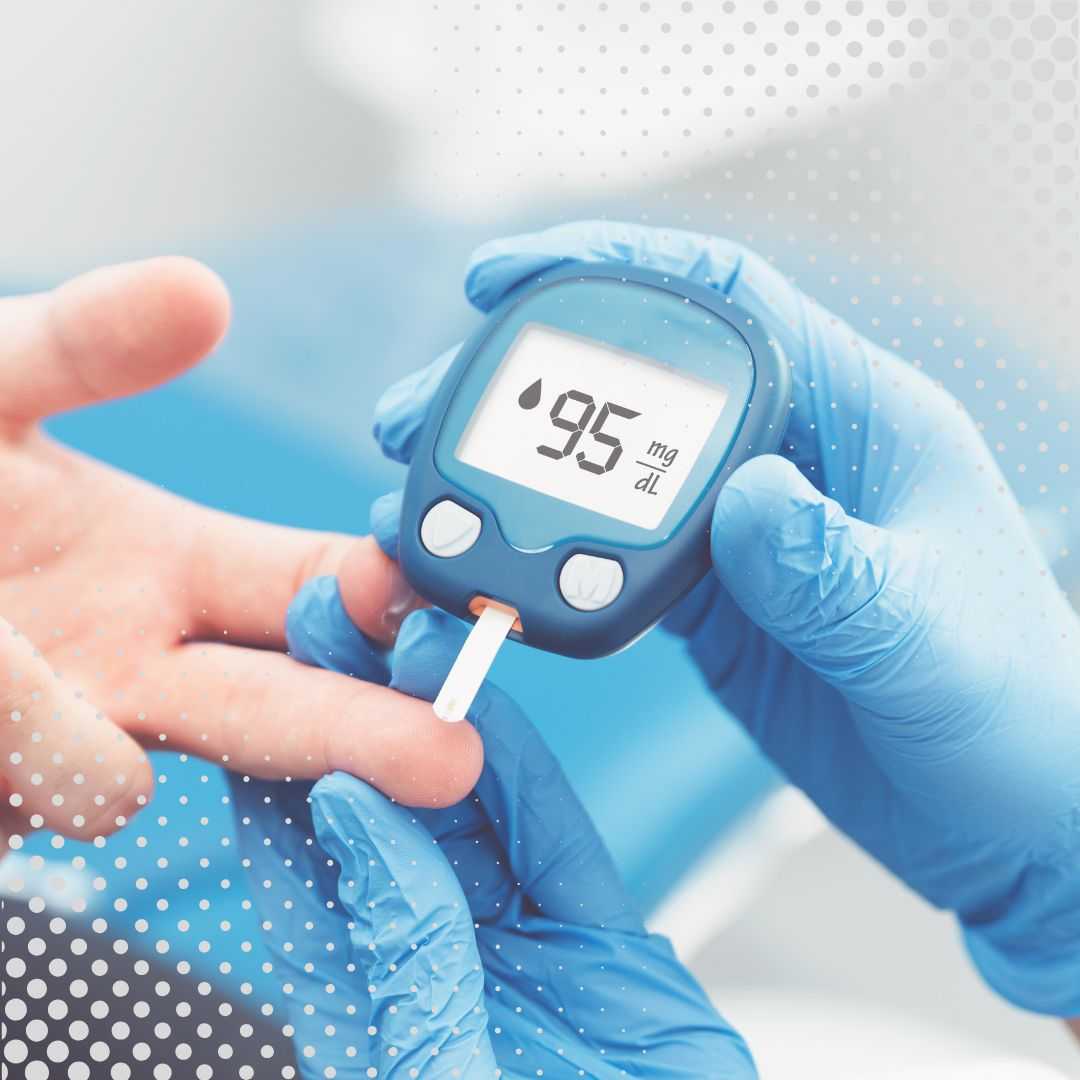




.jpg)
.png)

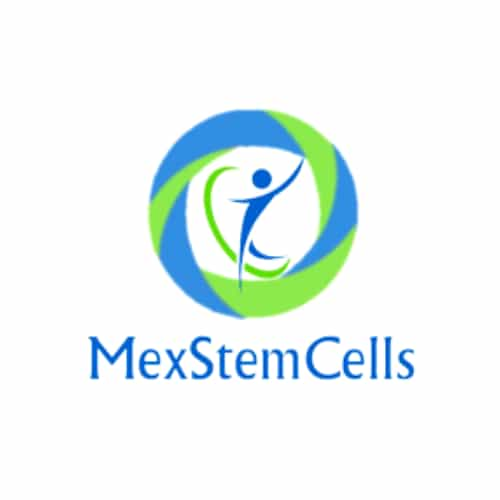

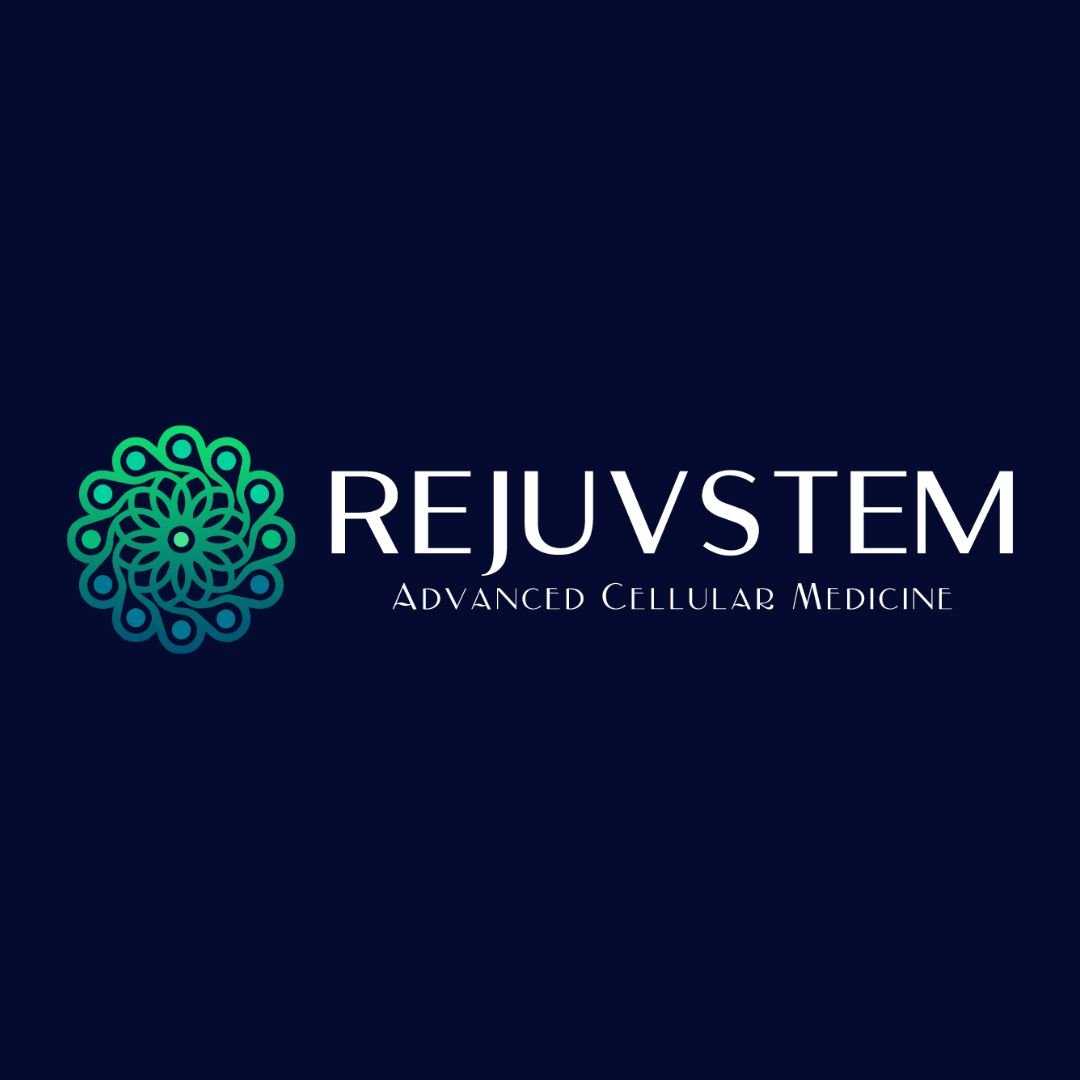

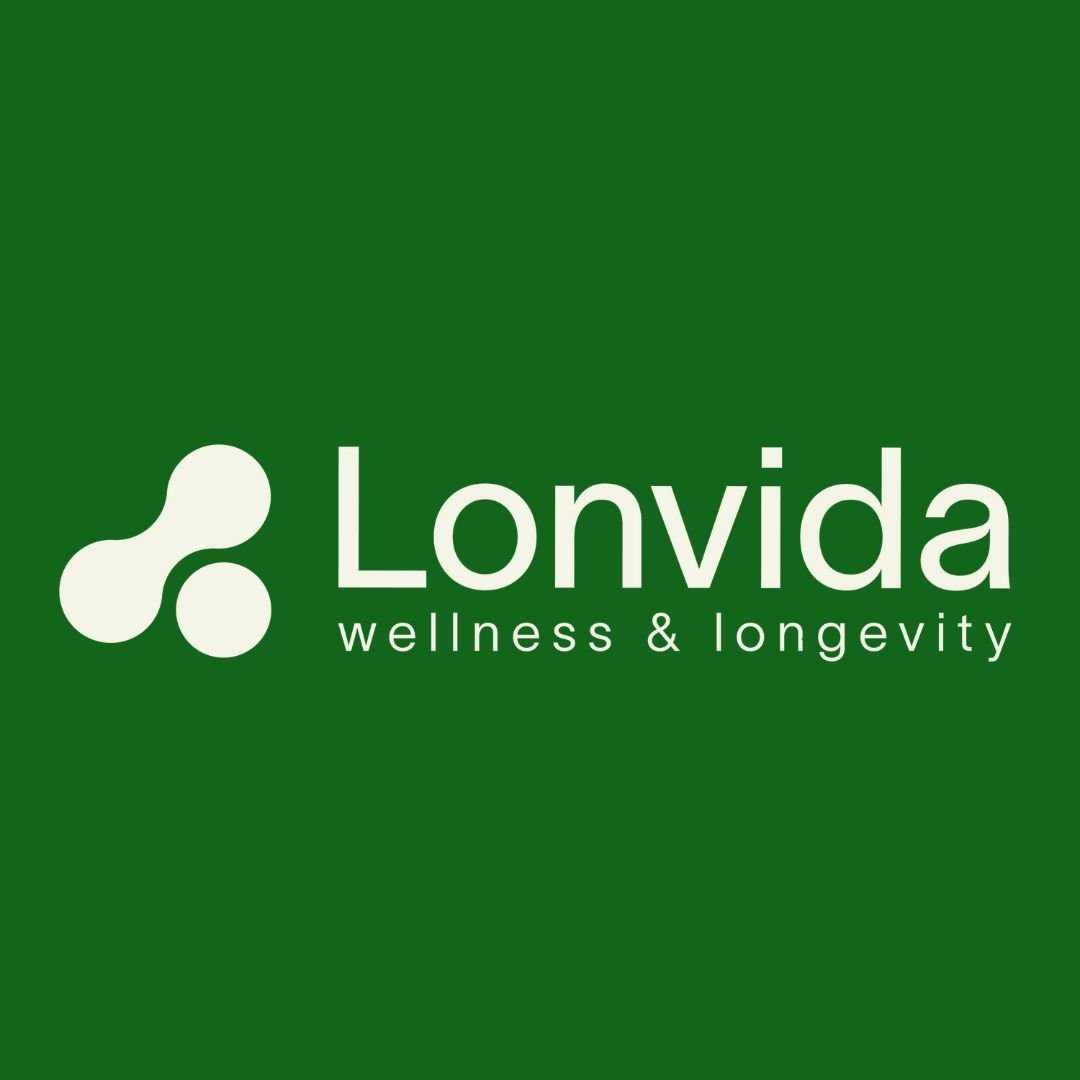

Share this listing